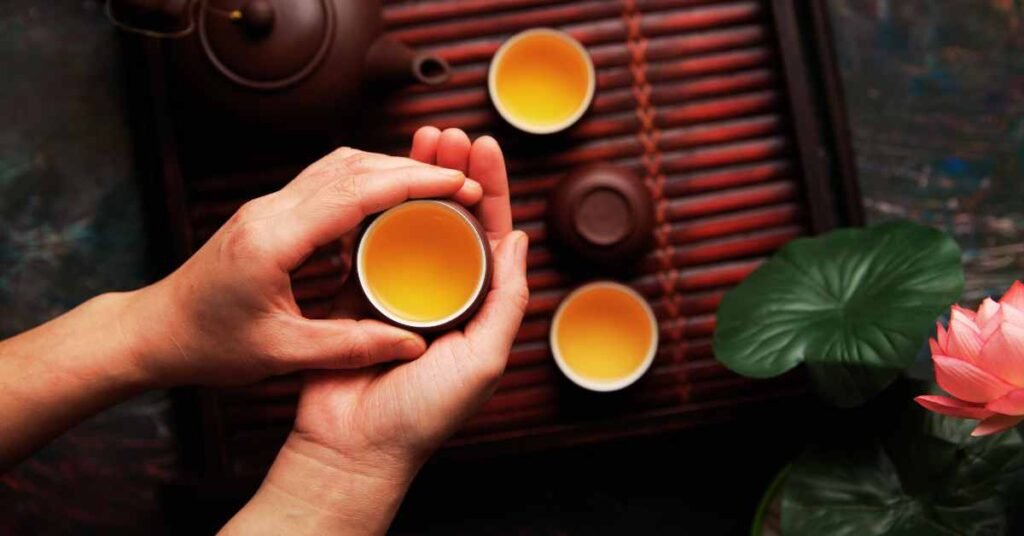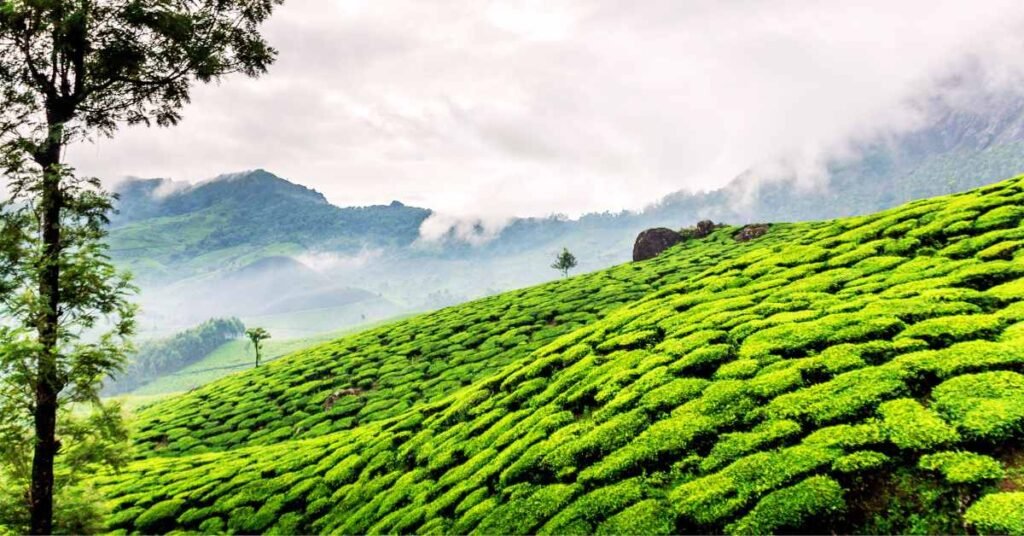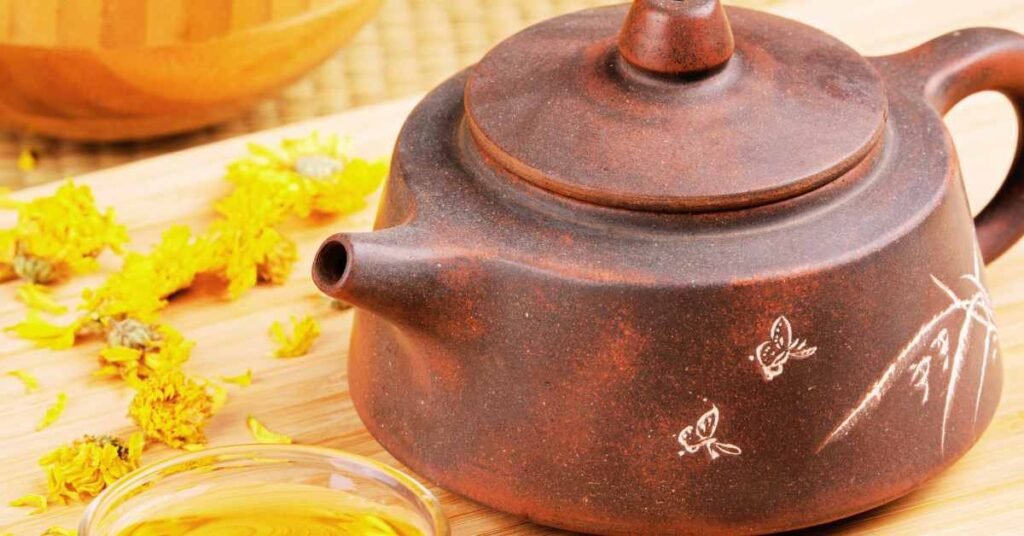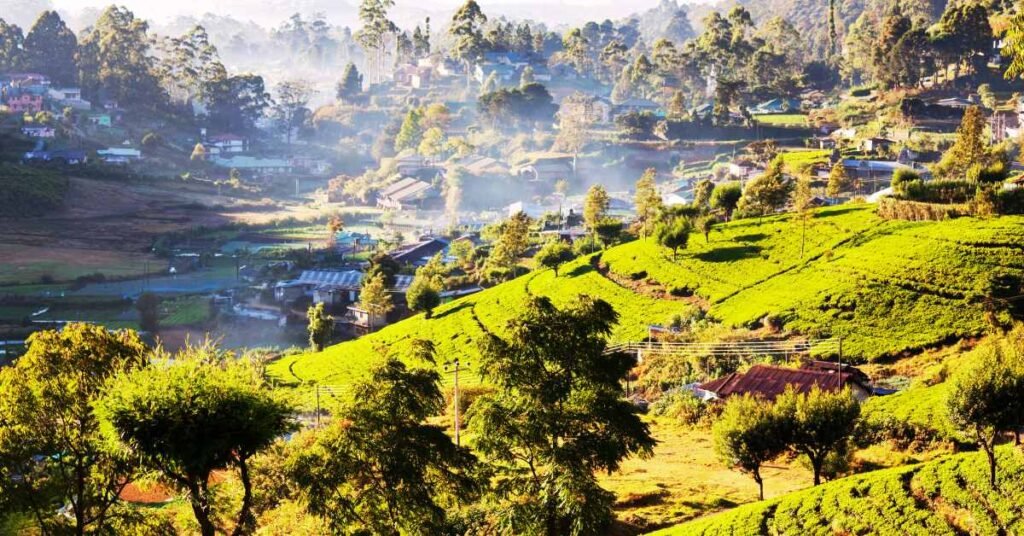In the tapestry of human history, few beverages have woven themselves so seamlessly into the fabric of daily life as tea.
This aromatic elixir, enjoyed by millions worldwide, has a rich history that stretches across centuries and continents.
But have you ever wondered why we call it “tea”? The journey behind this simple three-letter word is as fascinating as the beverage itself, meandering through cultures, trade routes, and linguistic nuances.
The Silk Road Connection

To unearth the roots of the term “tea,” we must embark on a journey back in time to ancient China, where tea first made its delightful debut.
Legend has it that Emperor Shen Nong, a mythical figure and ancient herbalist, discovered tea in 2737 BCE when tea leaves inadvertently fell into his boiling water.
However, it wasn’t until the Tang Dynasty (618-907 CE) that tea gained popularity as a recreational beverage.
The Chinese word for tea, “茶” (chá), became the cornerstone for the names used in various languages.
The maritime Silk Road, a network of trade routes connecting the East and West, played a pivotal role in spreading tea beyond China’s borders.
As tea leaves made their way to different regions, so did the word to describe this newfound delight.
The Southern Silk Road
In the southern part of China, a different term took root – “tú” or “tuo.”
This term diverged from the mainstream “chá” and found its way into languages such as Burmese and Tibetan.
Interestingly, this Southern Silk Road route played a crucial role in connecting the tea culture of China with that of Southeast Asia and the Indian subcontinent.
In India, for instance, the word for tea is “chai.”

This term, deriving from the Mandarin “chá,” showcases the linguistic metamorphosis that occurred as tea traversed geographical and cultural boundaries.
The Persian Connection
As tea made its way westward along the Silk Road, it encountered Persia, where the term “chay” or “chai” was born.
This word, closely resembling the Indian “chai,” sparked a linguistic trail that can be traced through the Russian “chaí,” the Turkish “çay,” and even the Arabic “shay.”
The journey of tea across the Middle East and Central Asia was not only marked by the exchange of goods but also by the exchange of words, each adaptation reflecting the cultural nuances of the regions it touched.
The Colonial Influence
The spread of tea to European shores came hand in hand with colonial expansion and trade.
As the British East India Company introduced tea to the British Isles, the term “tea” took firm root in the English language.
This straightforward and phonetically accessible word replaced the existing terms like “te,” “tay,” or “tee” that were used in earlier years.
The British, who were instrumental in popularizing tea across the globe, exported both the beverage and the word, leaving an indelible mark on the global lexicon.
Tea became synonymous with elegance, refinement, and sociability, turning it into a ritual that transcended cultural and social boundaries.
Tea and the Lexical Melting Pot
The journey of tea and its name is a linguistic and cultural melting pot, with each region adding its unique flavor to the brew.
The Chinese “chá,” the Indian “chai,” the Persian “chai,” and the English “tea” are all linguistic siblings, linked by the common thread of a shared love for this versatile beverage.
Beyond the linguistic aspects, the word “tea” has acquired various connotations and meanings.

It is not merely a label for a beverage but a symbol of hospitality, conversation, and relaxation. It’s a pause button in the chaos of life, a moment to savor the delicate dance of leaves in hot water.
Cultural Reverence for Tea
Tea ceremonies, revered in cultures such as China and Japan, elevate the act of tea-drinking to an art form. The intricate rituals and meticulous preparation embody the essence of mindfulness, creating a space for reflection and connection.
The word “tea” becomes a vessel that carries with it the weight of tradition, culture, and centuries of shared experience.
Tea has a remarkable ability to adapt and assimilate, absorbing the flavors of the cultures it encounters.
Whether it’s the British afternoon tea, the Japanese tea ceremony, or the Indian chaiwallah on a bustling street corner, each manifestation of tea reflects the unique character of its surroundings.
Final Word
In unraveling the mystery of why tea is called tea, we embark on a journey through time, geography, and language.
From the misty hills of ancient China to the bustling streets of modern-day Mumbai, tea has left an indelible mark on the tapestry of human experience.
The term “tea” itself is a testament to the interconnectedness of our world, a linguistic bridge that spans continents and cultures.
As you sip your favorite brew, consider the centuries of history and the myriad cultures that have contributed to this simple pleasure.
The next time you reach for that comforting cup, remember that it is not just tea; it is a sip of shared history, a linguistic legacy that binds us together across borders and generations.
MEDICAL DISCLAIMER
Itsnevernotteatime.com cannot and does not contain medical/health advice. The medical/health information is provided for general and educational purposes only and is not a substitute for professional advice.




